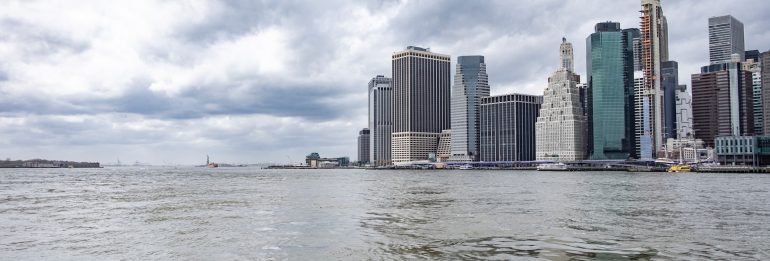New York City — Historic rains have once again overwhelmed the city's aging infrastructure, spotlighting the urgency of rethinking climate resilience in the face of intensifying global climate change.
Record-Breaking Rains Flood the Streets
Last Friday, a deluge released over 7 inches of rain in less than a day on parts of New York City. This resulted in flooded streets, submerged vehicles, and halted subway operations. The storm's severity bore eerie similarities to the aftermath of Hurricane Ida just two years prior, a grim reminder of the city's vulnerability.

Rapid Climate Shifts Raise Concerns
The increasing frequency of such extreme weather events reveals the fast-changing risks posed by climate change. As Steve Bowen, a climate expert, notes, a warming atmosphere can retain and subsequently release more moisture, intensifying storm patterns. He emphasized the inability of current infrastructure not just in New York, but globally, to withstand these evolving climatic challenges.
From Sandy to Now: Progress Too Slow
Hurricane Sandy, which struck in 2012, should have been a wake-up call. However, nearly a decade later, the city's efforts remain inadequate. Recent data reveals that New York has used only 73% of the $15 billion in federal funding allocated post-Sandy for resilience projects, with most of the city's own contributions still untouched.
While the city has invested in defenses against coastal flooding and sea level rise, the recent deluges prove that solutions for extreme precipitation are desperately needed. This includes enhancements in green infrastructure, storm sewer system upgrades, and better emergency communication mechanisms.
Basement Dwellings: A Hidden Risk
The tragic events during Hurricane Ida, where 11 individuals lost their lives in basement apartments, has further exacerbated concerns. With tens of thousands of basements at potential flooding risk, there are calls for stricter regulations, safety inspections, and protection mechanisms for these often-undocumented dwellings.
Urban Landscapes Aggravate Flooding
Mona Hemmati, a research scientist at Columbia Climate School, highlighted the unique challenges faced by urban environments. The vast concrete expanses inhibit water absorption, leading to urban flooding. The city's outdated stormwater management systems aren't equipped to handle such significant runoff.
However, Hemmati acknowledges that there have been positive strides in New York’s approach to climate resilience post-Sandy, including improved floodgates, fortified shorelines, and citywide models to study runoff in various climate scenarios. Yet, these steps are just the beginning.
A Community's Role in Climate Resilience
Public awareness and participation play a pivotal role in climate resilience. Hemmati urges individuals to stay informed about potential risks and contribute actively to their communities. Additionally, with most New Yorkers lacking flood insurance, community-wide risk is heightened.
A looming government shutdown, if extended, could further cripple New Yorkers' recovery efforts. The imminent lapse of the National Flood Insurance Program's authorization raises concerns about claims after floods, relying on dwindling reserves until Congress intervenes.
As climate shifts become the new normal, the urgency for proactive measures, both at the governmental and community level, becomes ever more evident. Only a holistic and collaborative approach will ensure that New York City can stand resilient against the changing tides of climate.
©GlobalCO2.uk





